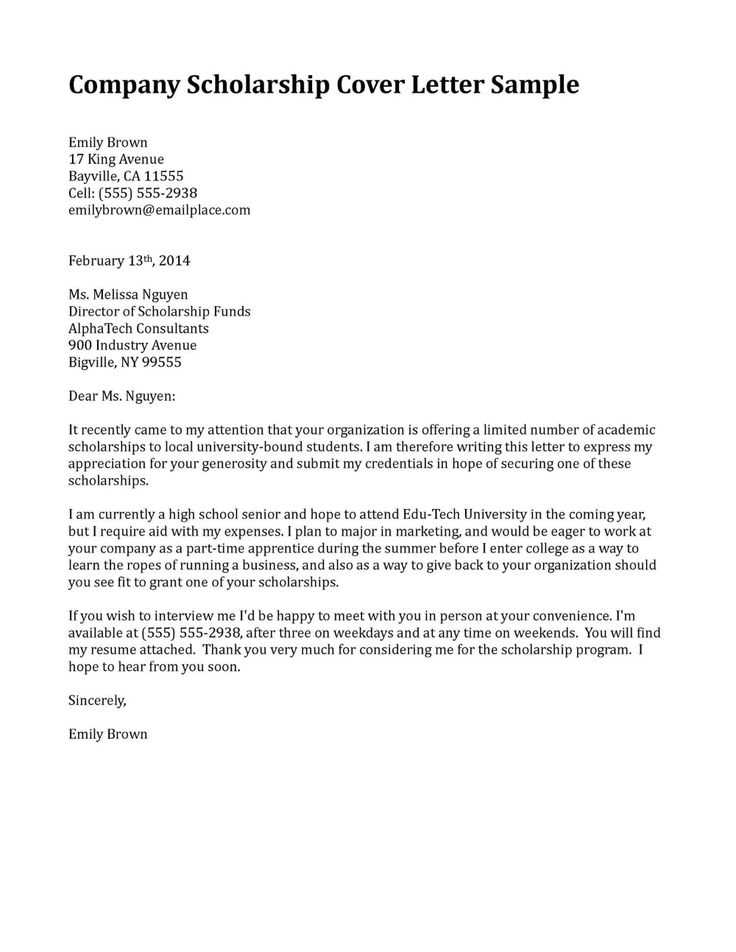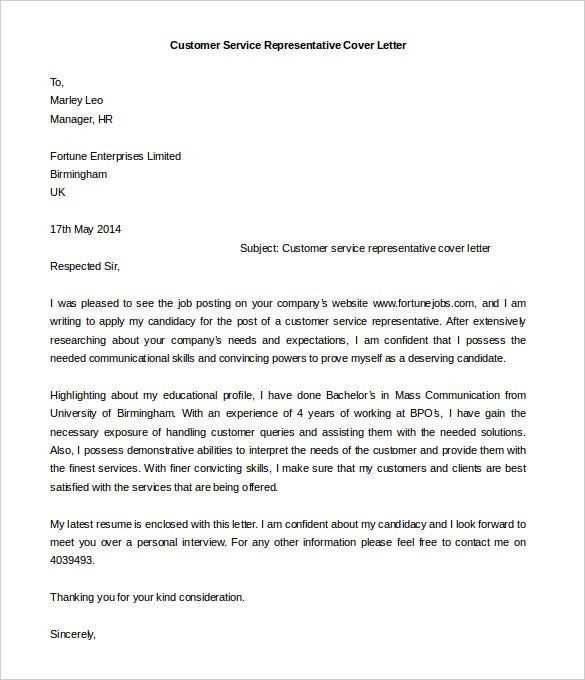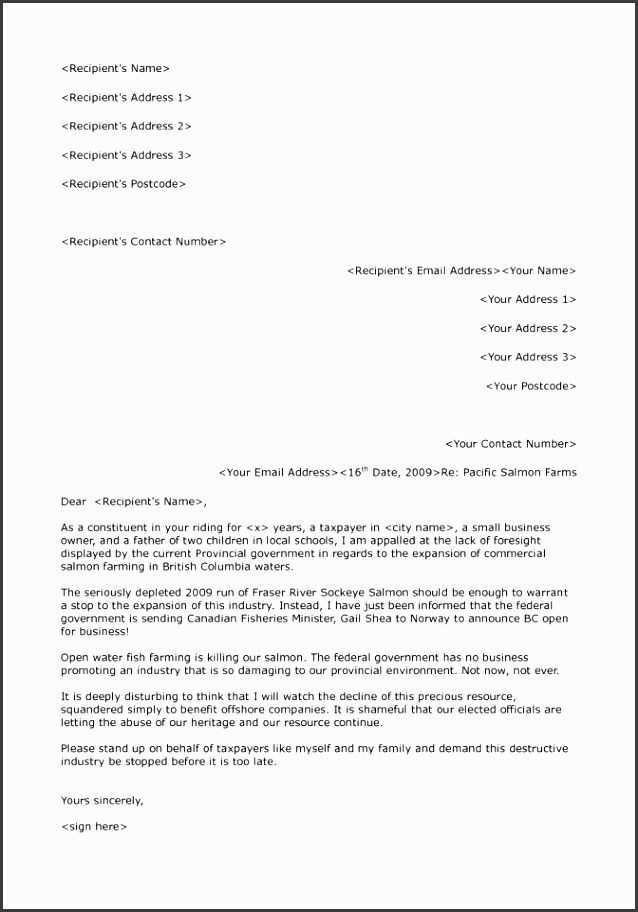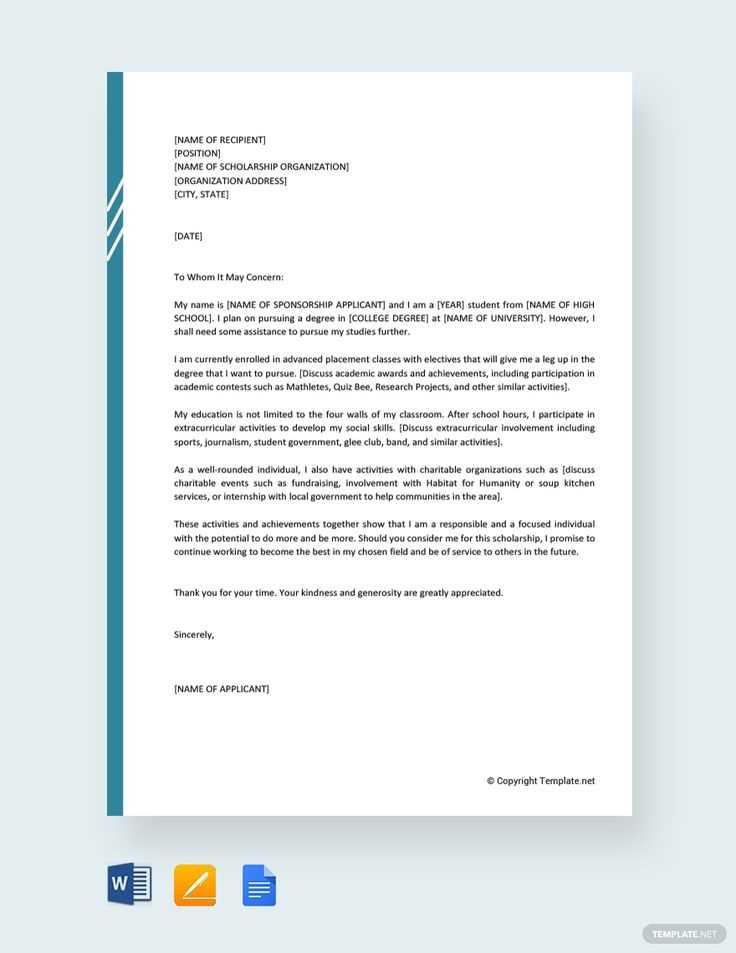Bursary Letter Template for Your Scholarship Application

When applying for financial support to further your studies, it is crucial to present a compelling request. A well-structured document can significantly increase your chances of securing the funding needed for education. Knowing the right approach, language, and format can make all the difference in standing out among numerous applicants.
Effective communication is key when explaining why you are a suitable candidate for assistance. Your message should highlight your academic goals, financial needs, and the impact the funding will have on your future success. Whether you are addressing a scholarship committee or an individual donor, the way you present yourself matters.
Structure and clarity play a major role in conveying your message. A well-organized submission will not only be easier to read but will also show your attention to detail and professionalism. This guide provides essential information on creating a persuasive and organized appeal for financial help.
How to Write a Financial Aid Request
Creating a compelling request for financial support requires more than simply asking for funds. It involves clearly outlining your academic and financial needs, while demonstrating your potential and commitment to your studies. The right approach can help you secure the assistance necessary to achieve your educational goals.
The document should include specific sections that cover your background, goals, and how the funding will contribute to your success. Being concise, yet thorough, helps ensure your request stands out among many others. Below is a table highlighting the key components of a well-crafted request:
| Section | Details |
|---|---|
| Introduction | Briefly introduce yourself and the purpose of your request. |
| Academic Goals | Explain your field of study and what you aim to achieve. |
| Financial Need | Describe your financial situation and why you need assistance. |
| Impact of Funding | Detail how the support will help you further your education. |
| Conclusion | End with a polite thank you and a call to action. |
By including these key sections in your appeal, you will present a well-rounded and persuasive case for receiving the financial support you need.
Key Elements of a Successful Request

To create an impactful appeal for financial support, certain essential elements must be included to make your message clear and persuasive. These components ensure that your submission is complete and aligns with the expectations of those reviewing it. Each part of the document should serve a specific purpose in strengthening your case for assistance.
Clear Introduction and Purpose

Start with a direct introduction that clearly explains who you are and why you are writing. A concise yet informative introduction will immediately establish the reason for your appeal. Be specific about the type of assistance you are seeking and mention any relevant deadlines or application details.
Demonstrating Financial Need and Impact
Clearly outline your financial situation, including any challenges you are facing that make this support necessary. It’s crucial to demonstrate how the funding will directly benefit your education and future goals. This section should connect your academic aspirations with the practical need for financial assistance, showing the potential long-term benefits of the support you seek.
Crafting a Persuasive Scholarship Application
When applying for financial assistance, the way you present your case can significantly impact the outcome. A persuasive application not only highlights your financial need but also demonstrates your potential and commitment to academic success. It’s essential to articulate your goals, show how the funding will aid in achieving them, and convey why you are a worthy candidate.
Showcasing Academic Achievements and Goals

Start by emphasizing your academic achievements and how they align with your future goals. Make sure to clearly outline what you hope to accomplish in your studies and how the financial support will help you reach these objectives. By focusing on your dedication and achievements, you can strengthen your appeal and make it more convincing.
Personalizing Your Request
To make your application stand out, avoid generic language and tailor the content to reflect your personal experiences and aspirations. Show how this funding is not just a necessity but an opportunity that will allow you to pursue your educational dreams and make a positive impact in your chosen field. A personalized request will be more memorable and demonstrate your genuine interest.
Common Mistakes to Avoid in Your Request
While crafting your appeal for financial assistance, it’s important to avoid certain common errors that could weaken your application. These mistakes can diminish your chances of receiving the support you need, as they may create confusion or come across as unprofessional. Paying attention to details is key to ensuring your message is clear, respectful, and persuasive.
- Being Too Vague – Failing to explain your financial situation or academic goals clearly can make it difficult for the reviewer to understand your need for support.
- Overloading with Irrelevant Information – Including unnecessary details that don’t directly relate to your academic and financial circumstances can make your request seem unfocused.
- Using Informal Language – Maintaining a formal and professional tone is crucial in conveying seriousness and respect.
- Misspellings and Grammatical Errors – Simple mistakes in spelling and grammar can damage the credibility of your request and make a negative impression.
- Neglecting to Show Gratitude – Always express appreciation for the consideration of your request. Failing to do so can come across as inconsiderate.
By being mindful of these pitfalls, you can create a well-crafted and professional appeal that effectively communicates your need and qualifications for financial support.
Examples of Financial Support Requests
Providing examples can help guide you in creating a compelling appeal for financial assistance. By reviewing sample documents, you can understand the structure, tone, and key information required to effectively communicate your needs. Below are some examples that showcase different approaches to requesting support, which can be tailored to your personal situation.
Example 1: Academic-focused Appeal
Dear [Recipient’s Name],
I am writing to request financial assistance to continue my studies in [Field of Study] at [University Name]. As a dedicated student with a strong academic record, I am committed to excelling in my chosen field. However, due to [explain financial situation], I am struggling to cover the costs associated with my education. Your support would enable me to remain enrolled and pursue my goal of [specific academic or career goal].
Thank you for considering my application. I am deeply grateful for your time and support.
Example 2: Personal Story Approach
Dear [Recipient’s Name],
My name is [Your Name], and I am currently enrolled in [Course or Program] at [Institution]. I am reaching out to request financial assistance to help cover my tuition and related expenses. Over the past few years, I have faced significant financial challenges due to [personal circumstance]. Despite my best efforts to manage these challenges, I find myself in need of additional support to continue my education.
Your generosity would make a profound difference in my life and enable me to achieve my academic and career aspirations. I sincerely appreciate your consideration and hope for the opportunity to further discuss my request.
Tips for Tailoring Your Application
Customizing your request is crucial for making a strong impression and improving your chances of success. A personalized application shows that you have carefully considered the opportunity and how it aligns with your goals. Here are some key tips to help you tailor your application effectively and increase your likelihood of receiving the support you need.
Highlight Relevant Skills and Achievements
- Focus on Key Strengths: Emphasize your academic achievements, extracurricular activities, or work experience that align with the purpose of your application.
- Use Specific Examples: Rather than general statements, provide concrete examples of how you have demonstrated dedication, leadership, or resilience in your field of study or personal life.
- Address the Specific Requirements: Read the guidelines thoroughly and ensure your application directly responds to the eligibility criteria and expectations outlined by the organization.
Personalize Your Approach
- Know Your Audience: Research the institution or organization offering the support, and tailor your message to reflect their values and mission.
- Share Your Story: Share personal experiences that demonstrate your passion, challenges, and ambitions. A genuine narrative can make your application more compelling.
- Be Specific About Financial Need: Clearly outline why you need assistance, how it will impact your education, and how you plan to use the funds effectively.